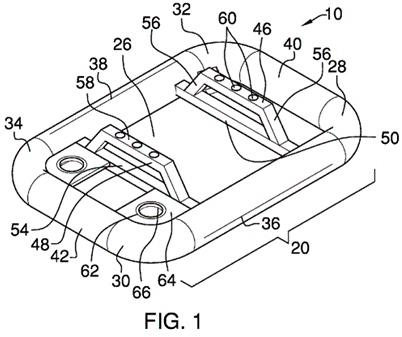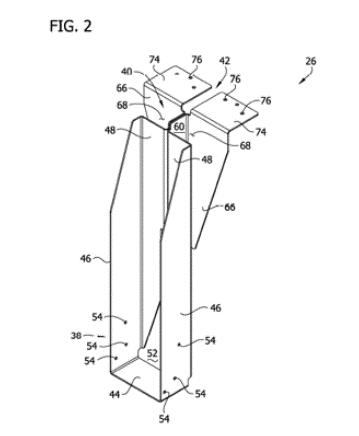Addressing the issue of new claim constructions presented by a patent owner after the institution of inter partes review (IPR) proceedings, the US Court of Appeals for the Federal Circuit found that a petitioner is entitled to argue and present evidence under the new construction so long as it relies on the same prior art embodiments used in the petition. Axonics, Inc. v. Medtronic, Inc., Case No. 22-1532 (Fed. Cir. Aug. 7, 2023) (Dyk, Lourie, and Taranto, JJ.)
Medtronic owns two patents directed to the transcutaneous charging of implanted medical devices via inductive coupling between a primary coil in an external charger and a secondary coil in the implanted device. The relevant claims of each patent require the external charger’s power to be automatically varied based on “a value associated with the current passing through the internal power source” (the value limitation) and “a measured current associated with the current passing through the internal power source” (the measured current limitation).
Axonics filed two IPR petitions challenging Medtronic’s patents, arguing that the claims were anticipated by three prior art references. Axonics’s petitions did not propose any express claim constructions, but its claim charts stated that the measured current limitation simply narrows the “value” in the value limitation to “measured current” and does not require a separate measurement. Under this “one-input” construction, both limitations would be satisfied if the external power source automatically varied its power output based on the implanted device’s current. In its preliminary response, Medtronic agreed that while claim construction was not necessary, the prior art failed to anticipate the claimed device under the one-input construction. In its institutional decision, the Patent Trial & Appeal Board agreed that “no term requires express construction.”
In its patent owner response, Medtronic (for the first time) advanced a new claim construction, arguing that the value limitation and the measured current limitation required separate inputs (the two-input construction). In Axonics’ reply, it defended the one-input construction and further argued that the three prior art references also disclosed the claimed device under the two-input construction. In support of its reply, Axonics submitted a supplemental expert declaration citing additional disclosures in the prior art references pertaining to the same embodiments relied upon in the petition. Medtronic argued that it would be prejudicial for the Board to consider Axonics’ new reply arguments without providing Medtronic an opportunity to submit a supplemental expert declaration. Medtronic, however, did not seek leave to submit a new declaration.
In its final written decision, the Board adopted the two-input construction and declined to consider Axonics’ arguments and evidence under the new construction, considering them to be improper reply arguments. Axonics appealed.
The Federal Circuit acknowledged that a petition is required to identify “in writing and with particularity…the grounds on which the challenge to each claim is based, and the evidence that supports the grounds.” To that end, a petitioner may not submit new evidence or arguments in a reply that could have been raised earlier but may respond to new arguments [...]
Continue Reading
read more

 Subscribe
Subscribe





